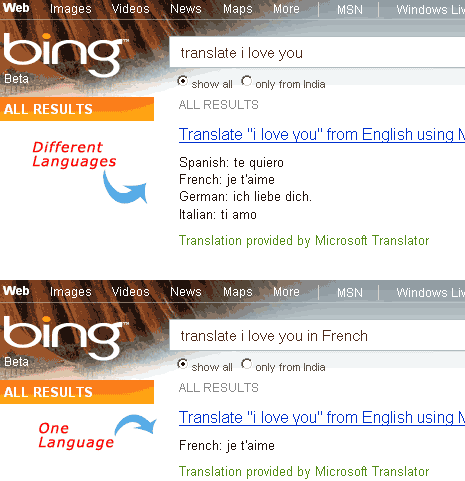

The transitions from inter-titles to dubbing to subtitles is a very interesting story. In addition, the very first inter-titles emerged in 1903 for the short drama produced for Uncle Tom’s Cabin by Edwin S. Also, it was a still image of text inserted in to the videography to provide context to silent movies. GOSUB was created for you, and we hope that you will find her courses of value.Inter-titles were the very first means of captioning that added value to film and cinema. She decided to couple this involvement with her other skill set, which is teaching. Having started as a linguistic teacher and then moving on to become the Operations Manager of a leading subtitling agency, Kelly used her know-how, affection, and savvy to create efficient and exciting audiovisual courses.įrom her years of experience working with producers, dubbing agencies, video-on-demand platforms, entertainment distributors, encoding houses and more, she has learnt a mountain of information about subtitling and closed captioning. GOSUB was born from a passion and enthusiasm for subtitling and teaching. Kelly O’Donovan is the creator of – An education in the art of subtitling. After editing for grammar and style, it’s really worth doing a pass to make sure the facts, figures and names in a subtitle file match up with what’s in the primary source. In subtitling, it’s a given, but you’d be surprised at how easy it is for typos to sneak into the most diligent subtitler’s work. Modifications of text and timing can be made during the simulation. – Simulation: After spotting, translation and correction, the film must be reviewed in a simulation session: a screening with the subtitles on the video screen just as they will appear on the final product. Some of the basic principle criteria are: punctuation, line breaks, hyphens, ellipsis and italics. Above all, they must not distract the viewer. The subtitles must be split so that they the viewers can easily understand them. The text must be a natural text, which flows with the same punctuation, spelling rules and language conventions. – Correction: sentence structure, comprehension and overall flow of dialogue. – Translation: Translating from the source language, localizing and adapting it while accommodating the characters permitted according to the criteria. – Spotting: The process of defining the in and out times of individual subtitles so that they are synchronised with the audio, and adhere to the minimum and maximum duration times, taking the shot changes into consideration. The process of subtitling consists of the following phases:

The ideal result is that the subtitles are atune with the audio, in such a way that they sound natural and fluent, so much so that the viewer is undisturbed by the subtitles and almost unaware that they are even reading.

Each line contains 35-42 characters (depending on the specifications). The space which we have in our translation is limited to 2 lines of subtitles.Also, the shot changes must be taken into account. The subtitles should appear as the characters starts speaking and should disappear when they stop, so that they are synchronised with the audio.

Reading speed is the relation between the duration of a subtitle and the number of characters that it can contain so that it can be read. There is also the reading speed parameters. A subtitle has a minimum duration of a second and a maximum duration of 6 or 7 seconds on screen. The Limitations you have in the Process of Subtitling Thus, it is a translation that has restrictions and certain criteria which directly affect the final result. Subtitling is a type of audiovisual translation that has its own rules and specifications.


 0 kommentar(er)
0 kommentar(er)
